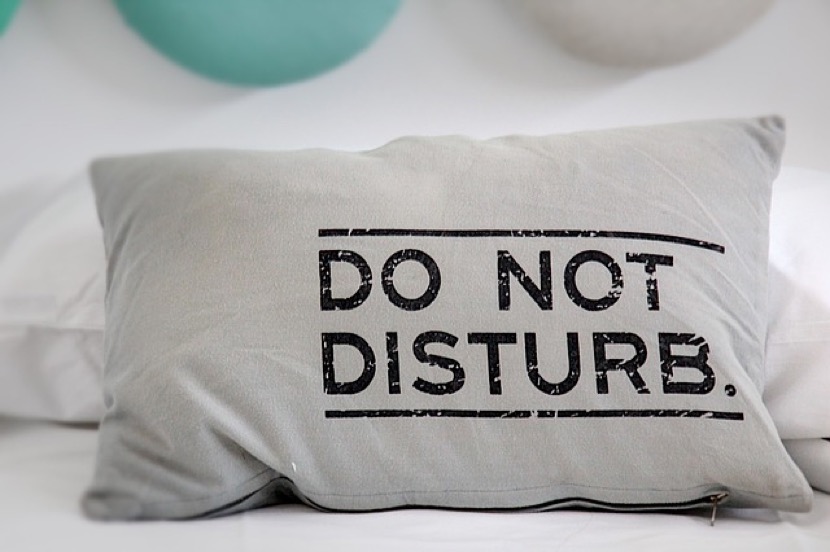Lemon juice can damage your pillows and adding it is a waste of time (and lemons).
We all seek simple, safe, and efficient cleaning methods for our belongings. However, some cleaning hacks, even those gaining popularity on TikTok, may not meet expectations. A recent example involves a cleaning hack suggesting the use of a tub filled with water, lemons, and baking soda to clean pillows. While regular pillow washing is recommended at least twice a year, using lemons for this purpose is not advisable. Here’s the reason why.

Why you shouldn’t clean pillows with lemons
Certain aspects of this cleaning hack are beneficial, and we’ll delve into those shortly. However, the drawback lies in the citrus component introduced by the use of lemons. There are two key reasons why employing lemons or lemon juice, particularly in the substantial quantities required for a bathtub full of water meant to clean entire pillows, is ill-advised. Firstly, citric acid has the potential to degrade fabric. Research on the impact of citric acid on textiles indicates that tensile strength can be compromised by a pH of 2.7 to 3—and lemon juice typically has a pH between 2 and 3. The goal is to clean your pillows for long-term use, not to unintentionally damage them.
Additionally, citrus possesses bleaching properties. While this may not be a significant concern when cleaning white pillows, it could pose an issue when placing them back into dark pillowcases or on dark sheets. This is reminiscent of the practice where kids would attempt to lighten their hair by spraying lemon juice and exposing it to the sun—a concept that holds some truth.
How to clean pillows
To clean your pillows effectively, start by vacuuming them and addressing any stains. Subsequently, place them in a tub filled with lukewarm water and a tablespoon of detergent. This method is suitable for various pillow types and is particularly crucial for memory foam pillows. Dunk and wring the pillow three times, ensuring full submersion each time. Afterward, drain the tub, refill it with clean water, and repeat the dunking and wringing process to eliminate all soap residue. Drain once more and press the pillow vigorously in the empty tub to expel excess water. Further, squeeze the pillow in a towel, air-dry it completely in the sun or under a fan.

Alternatively, washing regular pillows in your washing machine is a straightforward process, much simpler than attempting a complex hack involving a visit to the produce stand. Just incorporate half a cup of bleach and a half cup of borax with your regular detergent (ensure to check the care instructions on the pillow beforehand). Proceed to wash and dry as per usual.
